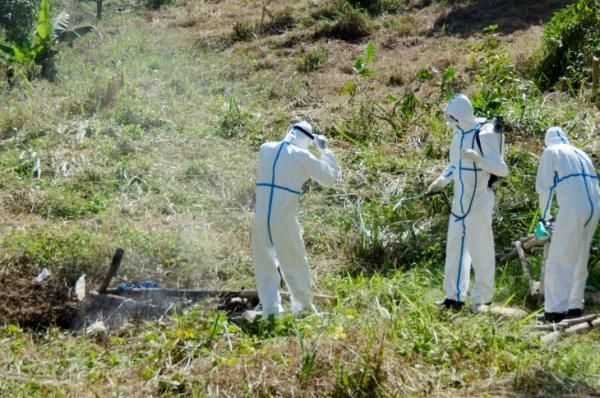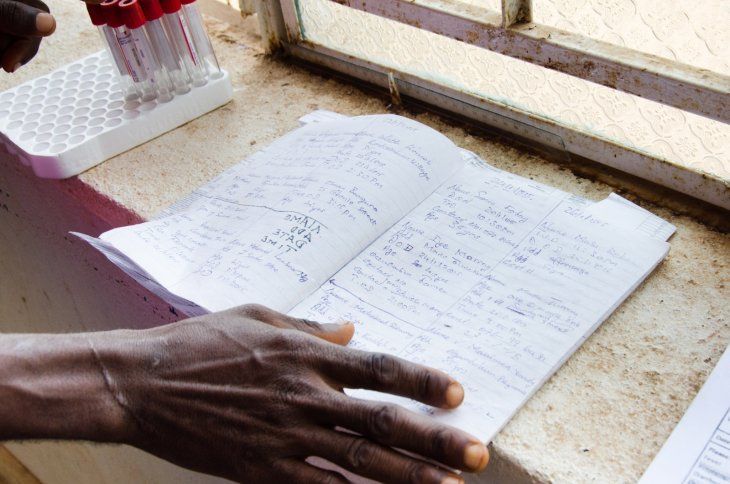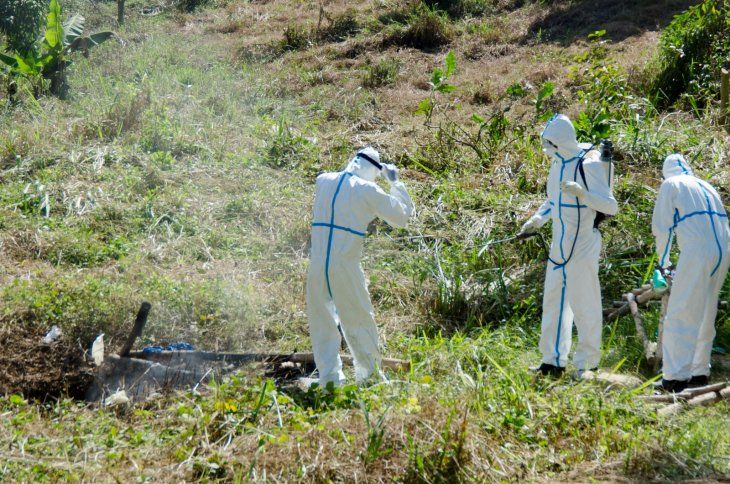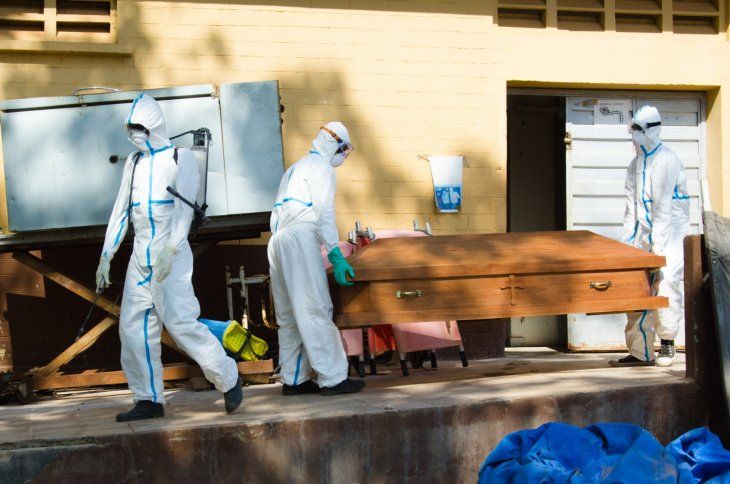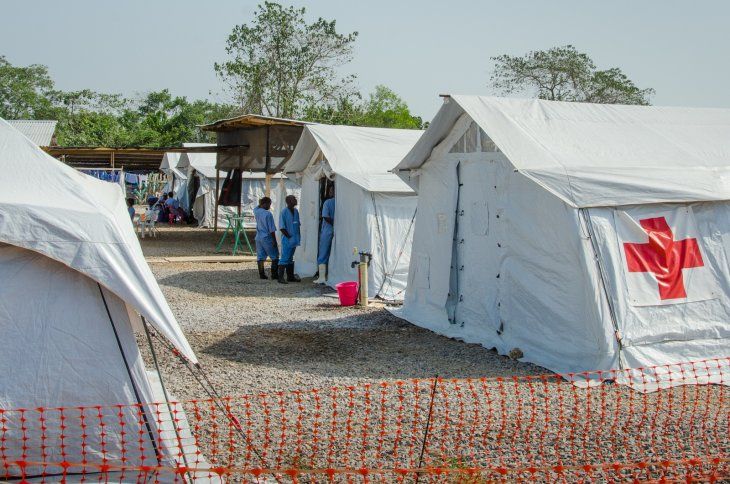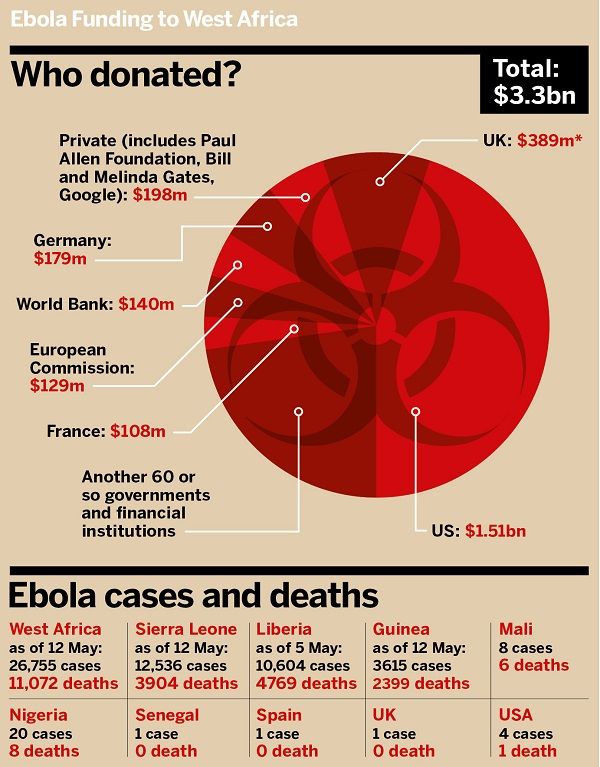Objectives:
The objectives of this lesson are to conduct a detailed analysis of Amy Maxmen's Newsweek article, examine how the author educates and engages her audience and explore the differences between this kind of writing and academic writing. Throughout this class, we have looked at work on Sierra Leone and the ebola outbreak from many scholars, mainly anthropologists. Much of this work is not yet published. We have looked at blogs as well as unpublished articles in draft form. We will compare these genres with Amy Maxmen's writing.
Warm-up:
Watch Amy's five-minute video. In it, she describes how she came to do this kind of work. Ask students: What seems important to her in her work? How does she combine science and journalism? Why might this be a good pairing? Do you think this is common? I will flag her comment that important topics like this need to be well-researched but also writen and disseminated in an engaging way. We will discuss this video more later.
Discussion Questions:
- Look at the opening vignette in the article. How does this vignette introduce the topic, convey information to the reader, and engage readers in the human aspects of the story?
- How does Amy position the reader throughout the article? Specifically, what responsibilities does she charge the reader with? (What actions does she suggest readers could take?)
- What is the balance of statistics and human stories throughout the article? Why is this balance important? What effect would this article have if the balance were different? What kinds of audiences would expect a different balance? (Either more human interest or more statistics?)
- What do you want to know more about after reading this article? What do you want to understand better?
Comparison of Journalism and Scholarly Articles:
Next we will compare Amy Maxmen's work with some forthcoming academic articles on ebola. Students have already read the work-in-progress of several scholars on ebola. They will be asked to reflect on those article by asking the following questions:
- Which academic articles that we read covered some similar themes as the Maxmen article? (Students will be prompted to think about the following articles: Susan Shepler's forthcoming Anthropology Quarterly article, "‘We Know Who is Eating the Ebola Money!’:Corruption, the State, and the Ebola Response," Catherine Bolten and Adam Goguen's forthcoming Anthropology Quarterly article, "Ebola Through a Glass, Darkly: Ways of knowing the state and each other," Maryam Deloffre's article in progress, "Human Security Governance: Is UNMEER the Way Forward?")
- What themes were similar? (Expected answers include: governance role of international organizations, nature of the Sierra Leoneon state, economics of the crisis)
- What was different in the type of information covered or how it was covered by the Newsweek article and the academic articles? \
- Both anthropological work and Maxmen's journalistic approach make the human element central to their approach. How is the human element similar and different in the two approaches?
- What are the strengths and weaknesses of each form? (expected answers include: scholarly articles use technical or theoretical language, they take a long time to come out and they are longer so they don't reach as wide an audience; on the other hand, scholarly articles can look at nuances of human social and politcal relationships, they can build theory, etc.)
Comparison of Scholarly Blogs and Journalism:
Next we will compare Amy Maxmen's work with some of the academic blog posts we looked at. Academics are always struggling with how to get information out in a timely way. This is particularly true of anthropologists who tend have a tremendous depth of knowledge about a particular place, but can take a long time to research and write about particular events. In the wake of the ebola crisis, a group of anthropologists mobilized to try to disseminate information about the crisis. Students have already become familiar with blog posts on the Cultural Anthropology Website.
- Which blog posts in the cultural anthropology blog cover similar themes as the Maxmen article?
- What themes were similar?
- What was different in terms of the type of information covered or how it was covered?
- What are the strengths and weaknesses of each form?
- Do scholarly blogs get closer to journalism? Or are they still a different format? Is there more or less overlap here than in traditional journalism?
Conclusion:
Based on her short video, we can assume that for Amy it is important to conduct rigorous research and convey it in as engaging a way as possible to as broad an audience as possible. Her work clearly has reached many people.
- How good a job do these other forms of research and writing do at doing that?
- What questions would you like to ask Amy?
- What questions would you have for further research?
The objectives of this lesson are to conduct a detailed analysis of Amy Maxmen's Newsweek article, examine how the author educates and engages her audience, and explore the differences between this kind of writing and academic writing. Throughout this class, we have looked at work on Sierra Leone and the ebola outbreak from many scholars, mainly anthropologists. Much of this work is not yet published. We have looked at blogs as well as unpublished articles in draft form. We will compare these genres with Amy Maxmen's writing.
This lesson first asks students a series of questions to delve into what makes Amy Maxmen's article work. We then compare the pros and cons of journalism with academic articles and academic blogs.

